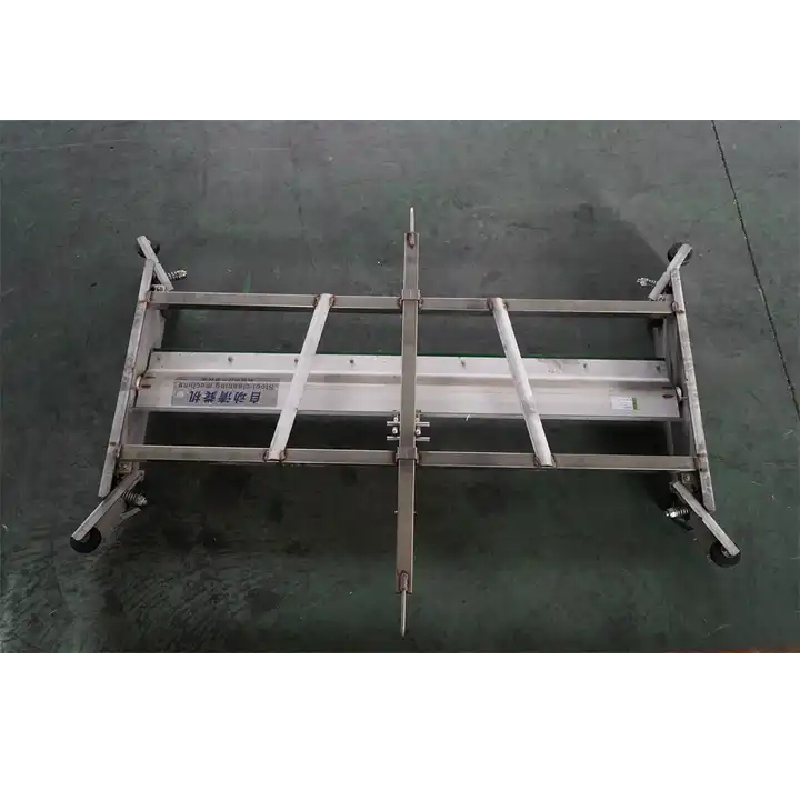Effective Evaporative Cooling Pads for Optimizing Greenhouse Temperature Control and Humidity Levels
Nov . 09, 2024 11:34 Back to list
Effective Evaporative Cooling Pads for Optimizing Greenhouse Temperature Control and Humidity Levels
Evaporative Cooling Pads for Greenhouses An Essential Component for Optimal Plant Growth
Greenhouses provide a controlled environment that fosters plant growth, but maintaining optimal temperature and humidity levels can be a challenge, especially during hot weather. Evaporative cooling pads have emerged as a crucial solution for greenhouse management, offering an effective way to reduce temperatures and create a more favorable environment for plants. This article delves into the workings, benefits, and installation of evaporative cooling pads for greenhouses.
Understanding Evaporative Cooling
Evaporative cooling is a natural process that involves the conversion of liquid into vapor. When water evaporates, it absorbs heat from the surrounding air, resulting in a drop in temperature. This principle is the cornerstone of evaporative cooling systems used in greenhouses. Evaporative cooling pads are typically made from materials that can absorb water and allow water to evaporate quickly, such as cellulose or polyester. When warm air is drawn through these pads, the moisture evaporates, cooling the air that then circulates throughout the greenhouse.
Benefits of Using Evaporative Cooling Pads
1. Improved Temperature Control One of the most significant advantages of evaporative cooling pads is their ability to lower temperatures effectively. This cooling effect is especially critical during the summer months when temperatures can rise dramatically, potentially harming sensitive crops. By maintaining a stable temperature, these systems help to promote healthy plant growth and yield.
2. Enhanced Humidity Regulation Evaporative cooling pads also assist in regulating humidity levels within the greenhouse. Maintaining appropriate humidity is vital for certain crops and prevents problems associated with excessively dry or overly humid conditions, such as plant stress and increased pest activity.
3. Energy Efficiency Compared to traditional air conditioning systems, evaporative cooling pads are much more energy-efficient. They require less power to operate and often result in lower utility bills. This eco-friendly solution aligns well with sustainable greenhouse practices, making it attractive for growers looking to minimize their environmental footprint.
evaporative cooling pads for greenhouse

4. Cost-Effectiveness The initial investment for evaporative cooling pads is relatively low compared to conventional HVAC systems. Furthermore, their low operational costs and minimal maintenance requirements make them a financially attractive option for greenhouse owners.
5. Better Air Circulation The use of evaporative cooling pads aids in promoting better air circulation within the greenhouse. Proper airflow is essential for plant health, as it helps to reduce hot spots and ensures that all plants receive adequate carbon dioxide and nutrients.
Installation and Maintenance
Installing evaporative cooling pads in a greenhouse is a straightforward process. These pads are typically placed on one or two sides of the structure, acting as a barrier between the outside air and the interior environment. The setup usually includes a water distribution system that keeps the pads moist, as well as fans to draw air through the pads and into the greenhouse. It’s important to size the cooling system correctly to ensure optimal performance based on the greenhouse’s dimensions and the crops being grown.
Regular maintenance is key to ensuring the longevity and effectiveness of evaporative cooling pads. This includes routine cleaning to prevent mold and algae buildup, checking water levels, and ensuring that the airflow is unobstructed. By maintaining these systems, growers can ensure that they continue to operate efficiently throughout the growing season.
Conclusion
Evaporative cooling pads are an essential component for any greenhouse, particularly in regions where high temperatures can threaten plant vitality. By harnessing the natural process of evaporation, these cooling systems provide an economical, energy-efficient, and effective means of temperature control. Their benefits not only support plant health but also contribute to the overall sustainability of greenhouse operations. As the demand for fresh produce continues to rise and environmental considerations become increasingly paramount, adopting technology such as evaporative cooling pads is a prudent choice for future-focused growers.
-
Automatic Feeding Line System-Pan Feeder Nipple Drinker|Anping County Yize Metal Products Co., Ltd.
NewsJul.29,2025
-
Hot Sale 24 & 18 Door Rabbit Cages - Premium Breeding Solutions
NewsJul.25,2025
-
Automatic Feeding Line System Pan Feeder Nipple Drinker - Anping County Yize Metal Products Co., Ltd.
NewsJul.21,2025
-
Automatic Feeding Line System Pan Feeder Nipple Drinker - Anping County Yize Metal Products Co., Ltd.
NewsJul.21,2025
-
Automatic Feeding Line System - Anping Yize | Precision & Nipple
NewsJul.21,2025
-
Automatic Feeding Line System - Anping Yize | Precision & Nipple
NewsJul.21,2025






